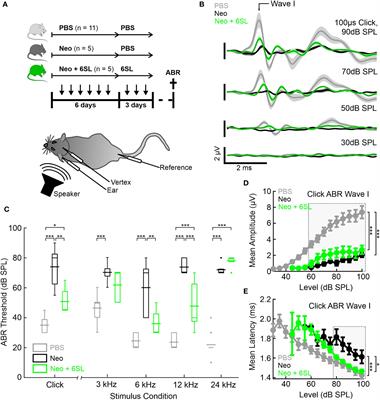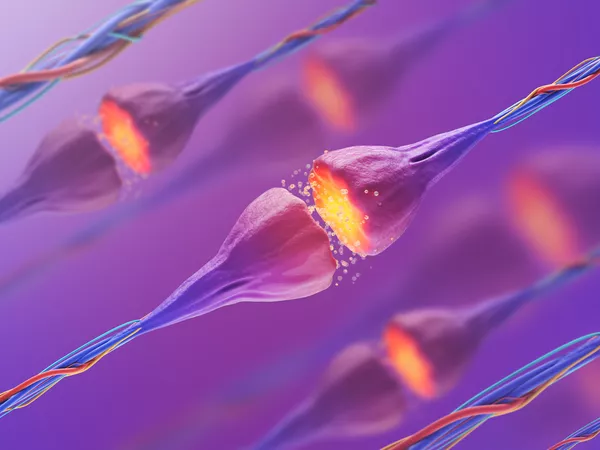ORIGINAL RESEARCH
Published on 22 May 2024
Spiral ganglion neuron degeneration in aminoglycoside-deafened rats involves innate and adaptive immune responses not requiring complement
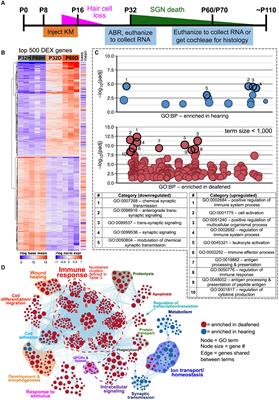
doi 10.3389/fnmol.2024.1389816
- 1,803 views
4,701
Total downloads
19k
Total views and downloads
Select the journal/section where you want your idea to be submitted:
ORIGINAL RESEARCH
Published on 22 May 2024

REVIEW
Published on 02 May 2024
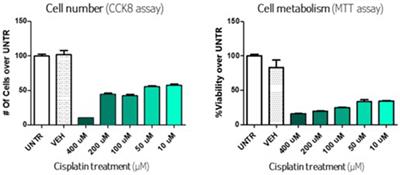
ORIGINAL RESEARCH
Published on 07 Mar 2024
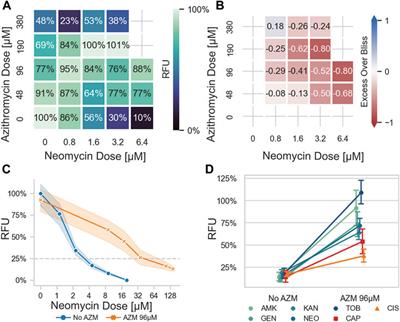
ORIGINAL RESEARCH
Published on 28 Feb 2024
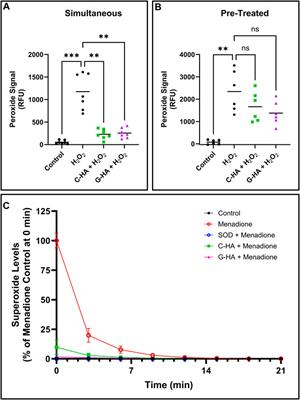
ORIGINAL RESEARCH
Published on 19 Feb 2024
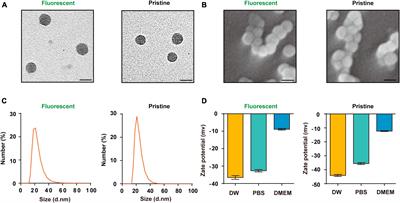
ORIGINAL RESEARCH
Published on 15 Feb 2024
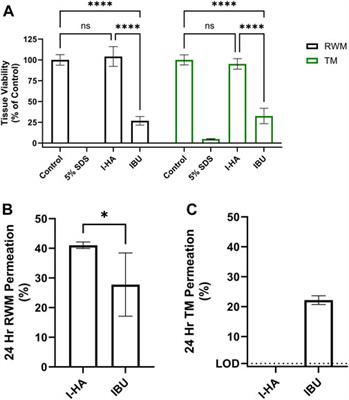
ORIGINAL RESEARCH
Published on 07 Dec 2023
